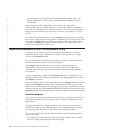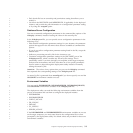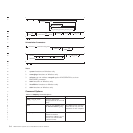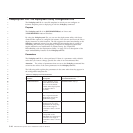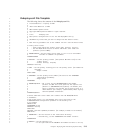
Table 5-1. ifxdeploy Command Options (continued)
Element Purpose Key Considerations
-extractcmd ″command″ Extracts the snapshot that
you want to deploy or
modify.
Specify the command and
the file that contains the
snapshot files.
-file ″file_name″ Extracts the snapshot from
the ″file_name″ file by using
7-Zip software.
Use this option only if the
target computer has 7-Zip for
Windows or Gzip for UNIX
or Linux.
-force Overwrites the existing
instance settings on the target
computer.
-installdrive ″drive″ Note: This option is for
Windows only.
Specifies the drive for the
directory containing data
spaces (typically, this is the
IFMXDATA directory).
The default drive is C:. You
must have enough space for
the IDS installation and
databases.
-l ″file_path″ Sends status messages to a
text file.
Indicate the full path and file
name for the log file that you
want to use. If the file does
not exist, it will be created
for you.
-namedpipe Note: This option is for
Windows only. Sets the
default database server
network protocol to a named
pipe connection.
If you specify both
-namedpipe and -sqliport,
the deployment utility uses
only one of them.
-p password Specifies the user informix
password used to create the
IDS service.
Specify the password for user
informix on the target
computer. If you specify a
password and the user
informix does not exist on
the target computer, the user
will be created and will have
the specified password.
-relocate path Specifies new parent
directory of chunks in the
deployed instance.
You can specify a single new
parent directory or map
multiple separate chunk
paths to different locations.
In addition, you can
substitute offsets of the old
paths with new values if you
are indicating multiple new
parent directories.
-rootpath ″path″ Indicates the location of the
root dbspace.
default path:drive:\
ifmxdata\server_name\
rootdbs_dat.000
-servernum server_number Specifies the server number
of the instance.
The number must be an
integer from 0 to 255. The
default is 0.
Chapter 5. Deploying IDS with the Deployment Utility 5-7
|
|||
||
|
|
|
|
|
||
|
|
|
|
|
|
|
||
|
|
|
||
|
|
|
|
|
|
|
|
|
||
|
|
|
|
|
|
||
|
|
|
|
|
|
|
|
||
|
|
|
|
|
|
|
|
|
|
||
|
|
|
|
|
|
|
|
|
|
|
||
|
|
|
|
||
|
|
|
|






